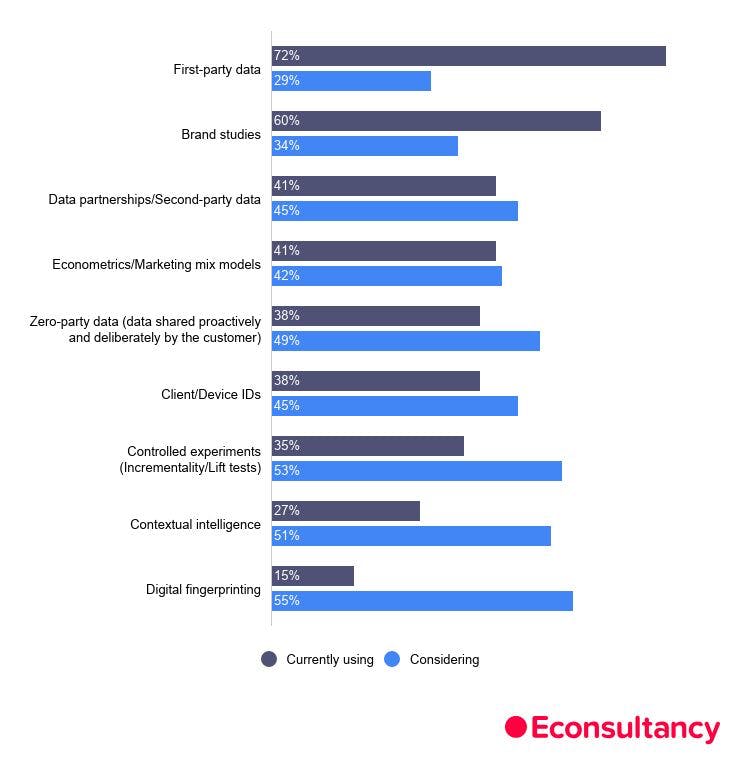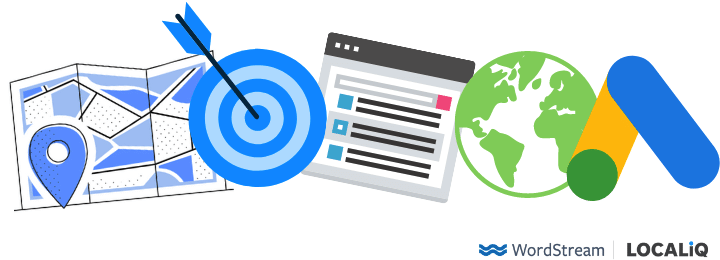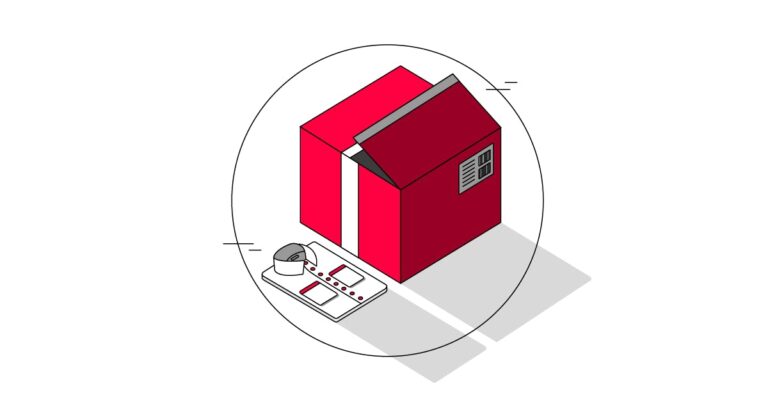It’s interesting how quiet the release of Google Ads dynamic exclusion lists was back in April 2021. In my personal experience as a consultant specializing in display, this is a game-changer.
Plus, you can plug that same list across multiple display or video campaigns, since it acts like a “placement exclusion template.” So, regardless of account size, this feature does a lot of the heavy lifting for you.
The when
The how
The setup is refreshingly easy (thank you, Google), so there’s just a few simple steps:
As important as it is to find new placements to target, excluding certain places is just as important. It’s one of our display advertising mistakes to avoid.
In short, they’re an extended, automatic form of placement content exclusions. Therefore, even though they’re implemented at the account level, dynamic exclusion lists are only applicable to display and video campaigns.
“These lists can be created by advertisers themselves or by a third party they trust, such as brand safety organizations and industry groups. Once advertisers upload a dynamic exclusion list to their Google Ads account, they can schedule automatic updates as new web pages or domains are added, ensuring that their exclusion lists remain effective and up-to-date.”
Sounds like normal placement exclusion lists right? Well, the dynamic part kicks in when you then upload that list to your account and schedule automatic updates as new websites get added. Or, you can find a third party’s list. When the third party updates their list, your copy gets updated as well!
- Your business could relate to sensitive content, so you want to be mindful of where your ads are showing up.
- You’re short on time and can’t exclude certain placements manually.
- You’re seeing unusual or unwanted placements slip through under the “Where ads showed” report.
- You have multiple display or video campaigns you want to add the same exclusions to.
- You simply want to exclude certain websites, apps, or pages from ever having a chance to show your ad.
So, if you’re a small business tight on time that wants to just share an industry group’s list—then these are for you! Or, if you’re a large enterprise that wants to have multiple teams sharing and contributing to a master list—then dynamic exclusion lists are definitely for you too!
Even if you feel like you already have your individual placement exclusions under control, give this new Google Ads feature a go. You never know how much you’ll want to scale out in future, and if you do, you’ll be glad you have this already set up!
- Have your dynamic exclusion list ready-made offline, so that you can upload it in.
- Click into tools, and under shared library click placement exclusions.
- Click the blue plus to upload a dynamic exclusion list. (you can also schedule multiple dynamic exclusion lists to be uploaded regularly).
- Once the list is uploaded, you can select it, then click the edit drop-down to schedule for updates.
- Select the display or video campaign you’d like to apply the dynamic list to.
- Click into placements, then exclusions.
- Click the blue pencil to edit placement exclusions, then select your placement exclusion list.
- Hit save!
If you’re running a display or video campaign, odds are that at some point, you’re going to run into a placement you’ll want to exclude. So, any tool to streamline the process is welcomed with open arms and this new tool from Google is the first of its kind.
For good measure, here’s Google’s official statement on the new feature:
Get started with Google Ads dynamic exclusion lists!
You’ll want to ensure you’re using dynamic exclusion lists for your YouTube and display placements if you meet the following criteria:
In a nutshell, dynamic exclusion lists can be a fit for any account looking to ensure their ads are showing in appropriate places online.
With dynamic exclusion lists, you have the peace of mind of knowing that you’ll never have a risk of running alongside content that doesn’t align with your brand. Since they’re found under the Shared Library, small businesses can use shared dynamic exclusion lists that other team members or third parties can add to. Then, whenever that list is updated, Google will automatically update those exclusions across all applicable campaigns without you having to lift a finger.

![[Feature] Pre-viewing Your Variations in Any URL](https://research-institute.org/wp-content/uploads/2022/09/feature-pre-viewing-your-variations-in-any-url.jpg)




